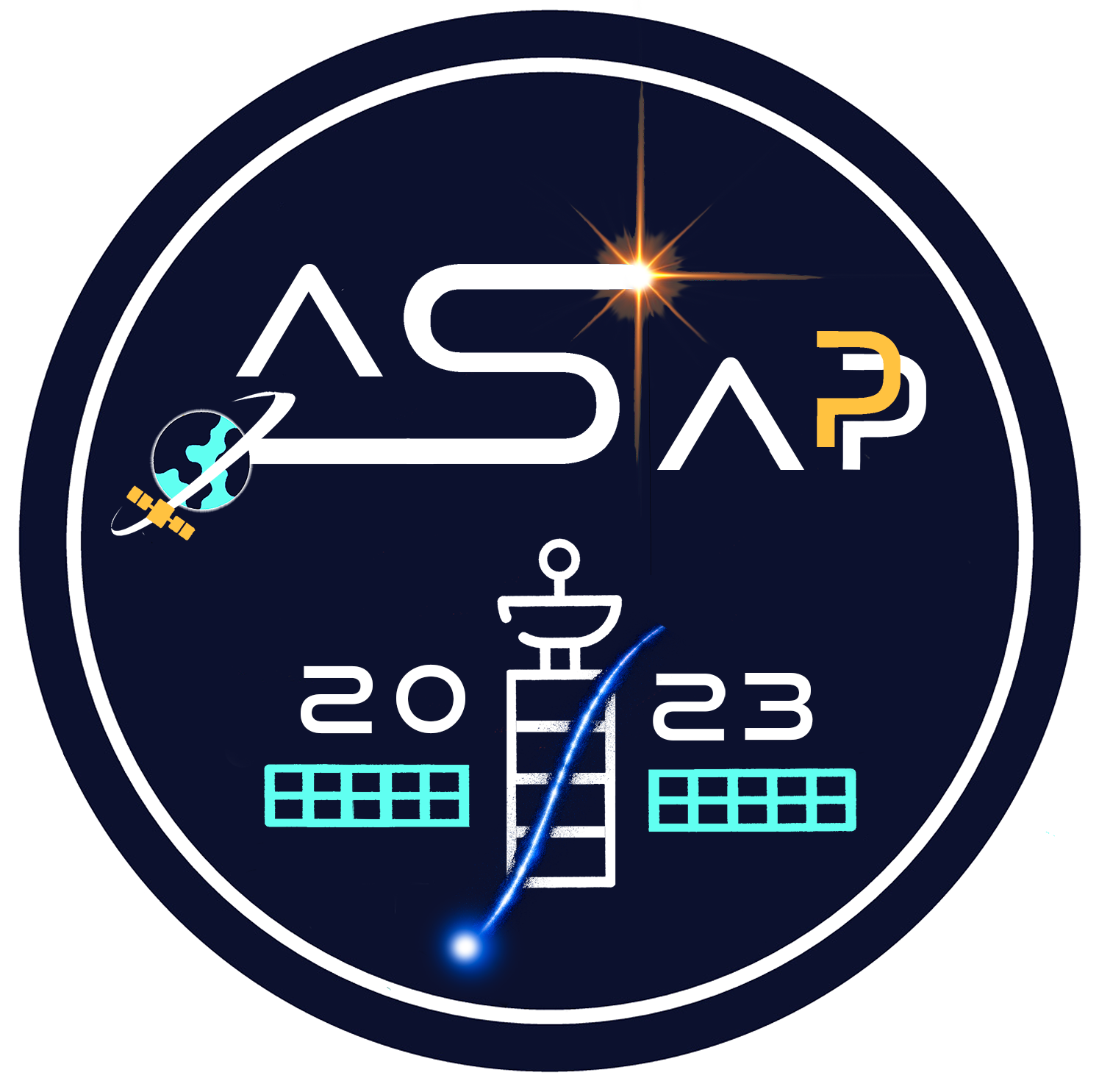Speaker
Description
When a beam of electrons/photons is aligned with the crystalline axes or planes in an oriented crystal, the probability of bremsstrahlung/pair production is strongly enhanced. This results in a shortening of the radiation length, X0, and thereby of the electromagnetic shower extent, as experimentally demonstrated recently by our team for tungsten [1] and high-Z scintillator (PWO) crystals [2]. This effect is under study to develop ultra-compact photon converters/calorimeters for high-energy physics [3].
Here we present the possibility to employ the X0 reduction for a satellite based gamma module made of a converter/tracker&calorimeter system fully composed of oriented crystals. In case of pointing strategy, the enhancement of pair production cross section would improve the detector sensitivity; one may therefore consider to reduce the total convert-tracker length. At the same time, the e.m. showers initiated by gamma-rays with energies from few GeV up to hundreds GeV - multi-TeV would be contained in a much smaller volume in a calorimeter composed of oriented crystal scintillators if compared to standard detectors [4]. This results in reducing the necessary weight and cost to contain most of the shower length, with a decrease of the calorimeter leakage and improvement in the energy resolution. Furthermore, we experimentally demonstrated that the shower enhancement in PWO scintillator crystals occurs for direction of gamma-rays within about a mrad (0.06°) with the crystallographic axis, thereby increasing the signal-to-background discrimination in such a small angular size. This could be exploited to deeply investigate interesting astrophysical objects with a fine angular resolution and enhanced sensitivity, with no need of a complex tracker system. Last but not least, such an apparatus will continue to operate in a standard way in the absence of pointing.
Several fields of gamma-ray astrophysics in the range from few to hundreds of GeV, which are not perfectly covered in resolution by either the Fermi telescope or ground Cerenkov facilities, could be explored using the pointing strategy, such as pointing of the Galactic Center (in either Milky Way [5] or dwarf galaxies [6]) for Dark Matter discrimination, observation of unidentified FERMI gamma-ray sources, follow-up of transient and multimessenger sources.
[1] M. Soldani et al., Eur. Phys. J. C 83 (2023) 101
[2] L. Bandiera et al., Phys. Rev. Lett. 121 (2018) 021603
[3] HIKE, High Intensity Kaon Experiments at the CERN SPS, arXiv:2211.16586
[4] L. Bandiera, V. Haurylavets and V. Tikhomirov Nucl. Instrum. Methods Phys. Res. A 936 (2019) p.124-126
[5] Mattia Di Mauro Phys. Rev. D 103 (2021) 063029
[6] A. Geringer-Sameth, S.M. Koushiappas et al. arXiv:1807.08740v1
| Eligibility for "Best presentation for young researcher" prize | No |
|---|
